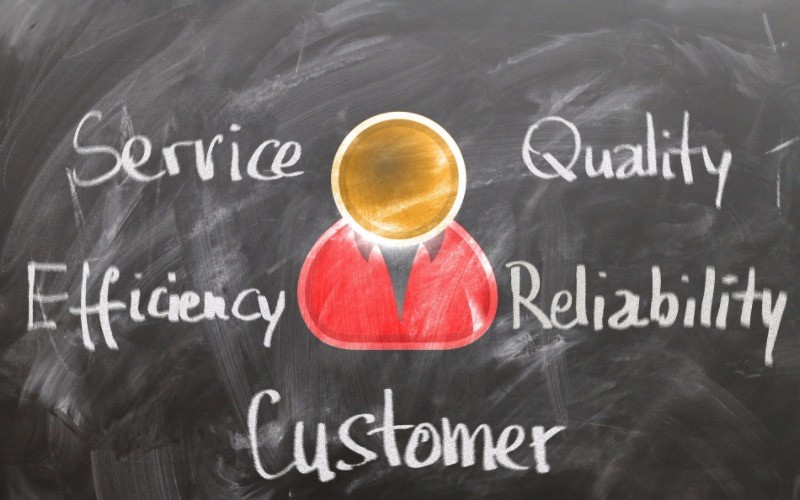Almost all organisations say that their customers come first. In reality, most business processes and organisational structures are built around the management and operational needs of the organisation. Building a “customer first” culture is one of the top CX challenges facing organisations today. Yet many flounder when trying to make the necessary changes.
When it comes to CX innovation and transformation there is a tendency to place a greater emphasis on technology while neglecting the people side of the equation. Cultural change is fundamentally more important than the technology.
According to Craig Borowski from Software Advice, “If everyone within the organisation truly shares the same values – it will elevate everything they do and enhance the overall experience of customers. The technology and the systems you implement are the tools that allow your staff and management to get on with their job”.
What does a “customer first” culture look like?
Built on shared values, culture guides and influences behaviour. Creating a “customer first” culture will look different from one organisation to another. Senior leaders need to define and identify the necessary elements of what constitutes a “customer first” culture within the context of their organisation and its goals
Gartner defines four attributes that define the culture of a business:
1. How we work – refers to the specific tools and processes that the organization utilises to maintain day-to day business operations. Organisations with legacy systems that are not agile and limit the level of digital enablement of services will struggle to provide a great customer experience.
2. How we make decisions – Does the organisation maintain strict hierarchy when making any changes or decisions or is initiative and peer-to-peer collaboration encouraged. Borowski advises that an organisation that is overly hierarchical will work against a ‘customer first’ culture. Adopting an ‘employee first’ culture, where people are truly empowered to make decisions and take initiative at the front line, may be the necessary first step.
3. How we engage – The methods employees use to engage with one another and with customers can shape the overall feel of the culture. Employees and customers should be able to communicate and interact with the organization via the channel of their choosing and at times that are most convenient for them.
4. How we measure – Every department and job role has its KPIs and performance metrics. People focus on meeting those metrics so they can keep their job and be rewarded. Most metrics measure productivity: how much is done of an acceptable quality in a certain timeframe. Unfortunately these metrics can run contrary to developing a ‘customer first’ culture.
The Leadership challenge
The biggest challenge to culture change starts at the top with the leadership of the organisation. Leaders need to take ownership of the business and the customer experience model for the organisation, aligning corporate strategy and priorities with initiatives undertaken in the field.
Problems may arise when the leadership attempts too many disconnected CX based initiatives. This creates confusion and inconsistencies across the enterprise. The different channels used to interact with customers are not able to provide a consistent experience.
The issues associated with functional and system silos can come into play. Salesforce identifies a key indication of a ‘customer first’ culture is a united and focused company. Creating a successful customer experience strategy relies on interdependency across different teams and functional groups. The entire team must be motivated to work together to respond to questions, issues, ideas and customer feedback.
Conclusion
Most companies who make the attempt, find that building a ‘customer first’ culture within their organisation is a significant challenge. The solution to this challenge is not only complex but it also needs to be contextualised in the context of each individual organisation.

